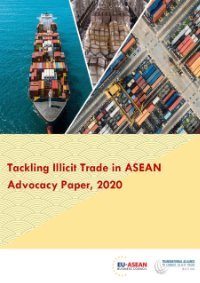By Lauren J. Tanz; Andrea Stewart, R. Matt Gladden,; Jean Y. Ko, Lauren Owens, Julie O’Donnell
During 2023, approximately 72,000, or nearly seven in 10, drug overdose deaths in the United States were estimated to involve illegally manufactured fentanyls (IMFs). Carfentanil, a fentanyl analog 100 times more potent than fentanyl, has reemerged in the U.S. drug supply. Using CDC’s State Unintentional Drug Overdose Reporting System data, this report describes trends in overdose deaths during January 2021– June 2024, overall and with IMFs detected, by U.S. Census Bureau region, and in deaths with carfentanil detected, in 45 states and the District of Columbia (DC). Numbers of deaths with carfentanil detected by state during January 2023–June 2024 in 49 states and DC are also reported. The number of overdose deaths with IMFs detected declined from 2022 to 2023 in the Northeast (3.2% decline), Midwest (7.8%), and South (2.8%) regions; deaths in the West increased 33.9%. The percentage of deaths with IMFs detected was steady at approximately 70%–80% in the Northeast, Midwest, and South. In contrast, the percentage of deaths with IMFs detected in the West increased from 48.5% during January–March 2021 to 66.5% during April–June 2024. Overdose deaths with carfentanil detected increased approximately sevenfold, from 29 during January–June 2023 to 238 during January–June 2024; during January 2023–June 2024, overdose deaths with carfentanil detected were reported in 37 states. Overdose prevention efforts that address the widespread presence of IMFs, including carfentanil, and can rapidly adapt to other potent opioids in the drug supply might result in lasting reductions in overdose deaths across the entire United States
MMWR | December 5, 2024 | Vol. 73 | No. 48, 7p.










